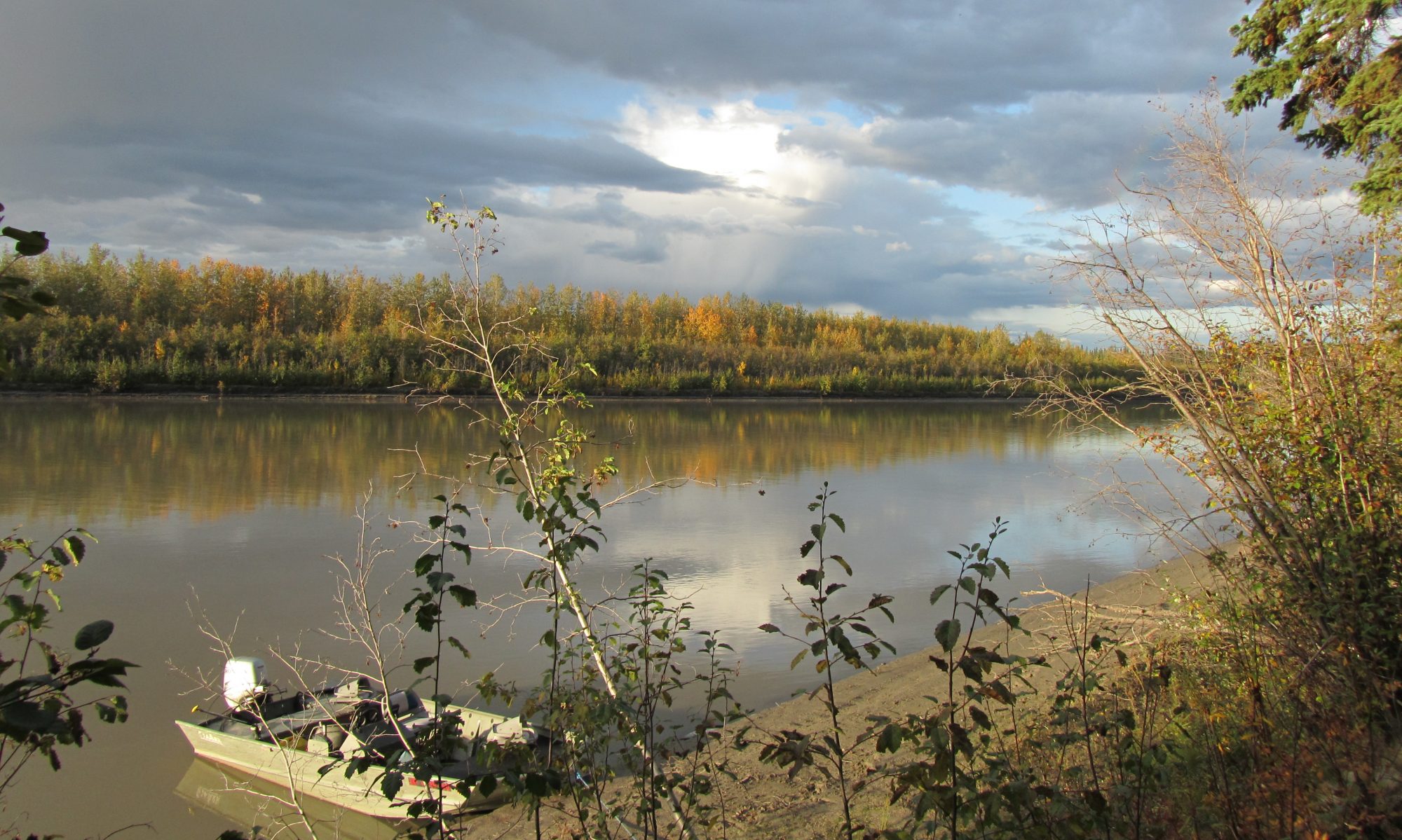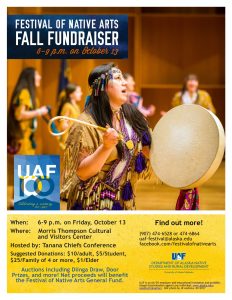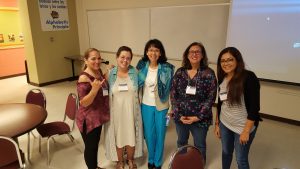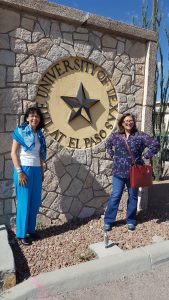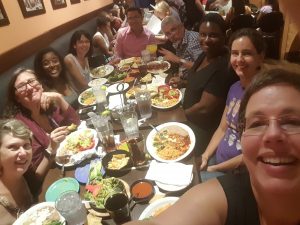What comes to mind when you think of research? Surveys? Women and men in safari hats traveling remote parts of the planet, studying the “other’? Researchers staring at people, animals, or any other phenomenon jotting down notes with perplexed expressions? Or do you think of yourself, working alongside your community, brainstorming ideas for positive change? Do you think of creating new approaches and innovative interventions to tackle vexing problems? For example, do you think of cultural practices as possible interventions to expand well-being in your community? There are many approaches to research and research can be a powerful way to create meaningful change in communities. Also, research can be a lot of fun!
Let’s be honest, there was a time I felt that research was boring and actually never gave it much thought. I only wanted a job that would pay me a decent salary to live the life I wanted to live. However this all changed about ten years ago when I returned to school to work towards my PhD and it is there that I realized the value of research, how I might be able to make a meaningful impact as an Indigenous researcher, how fun research can be, and how there are new [at that time] approaches to research that placed communities at the helm of research initiatives and projects. This new paradigm, community-based participatory research (CBPR), encouraged researchers to partner with community members, organizations, and other researchers in an equitable ways, where all partners contributed expertise and shared in decision-making regarding the research (Israel, B.A., Schulz, A.J., Parker, E.A., & Becker, A.B., 1998). Novel idea, right?!? So why did it take us so long to get here?
Historically, much of the research conducted in Indigenous communities was let’s say immoral research and community-based participatory research (CBPR) was not the mode of operating. Overall, there was very much a colonial mentality when it came to researching and helping Indigenous people; outsiders claimed to know what was best for Indigenous people and carried out their research accordingly. A lot of the research that involved Indigenous people was conducted on them and not with them. According to Smith (2012) “research is probably one of the dirtiest words in the Indigenous world’s vocabulary (Smith, 2012)…as European colonizers set the standard for what is “right’, their research findings compared Indigenous societies against European standards and deemed Indigenous societies as backwards’ (Denzin et al., 2008). This colonial legacy of research has left a very bad taste in many Indigenous people and communities’ mouths and we [as researchers] are still clawing our way back from these early memories and impacts.
Research has since come a long way and while the days of conducting bad research are not entirely over they are quickly fading out as newer research paradigms are taking hold and changing the face of research in Indigenous communities. For one, many researchers are returning to their home communities or regions to conduct research initiated or desired by their communities. This has been my experience with research and with every research experience I learn so much; things I could do differently, aspects that worked, and Indigenous methodologies that I had not previously thought of and may use in future projects. So how did I go from not thinking about research to considering myself an Indigenous scholar you might ask? Let me rewind.
My journey towards becoming a researcher started ten years ago. I started a PhD program and while I knew getting a PhD would entail some research I was not aware the breadth and depth that research could cover. During my PhD I was exposed to various courses that covered a variety of approaches and methods one could use when conducting research. For example, one could use qualitative (i.e., primarily exploratory research) or quantitative (i.e., numbers or statistics to quantify a problem) and once the decision was made to conduct qualitative, quantitative, or a mix of both methods (i.e., mixed-methods research) to answer a research question, there were a variety of methods within each larger approach (e.g., quantitative) that I could use to help answer my research question. Confused? Not to worry, after my first year of courses my head was spinning. Qualitative? Quantitative? Mixed-methods? Yet I soon realized that 1) I needed to use methods that could help me answer my research question and 2) I needed to use methods that would be accepted by and have relevancy in the communities I worked with.
Thus, I quickly realized that the questions I wanted to answer for my PhD would best be answered using qualitative methods. I used the methods of semi-structured interviews, observations, and photographs to answer my questions. These methods allowed me to sit down, have a cup of coffee or tea with my participants, and listen to them as they told me stories about their lives. These methods allowed me to travel with my participants out in the boat, observing the way they lived their life, and learn from the knowledge they demonstrated through everyday actions and living. These methods allowed me to conduct research in a respectful and culturally appropriate way. I felt good conducting research. Sometimes I had to ask myself “is this really research?’ because it was so much fun and didn’t align with what I always had imagined research should be.
Conducting research as part of my job has given me meaning and purpose. The research projects I am engaged in align with my values and the values of the communities I work with. For example, one of the projects I am engaged in works alongside Alaska Native communities to identify traditional fish and wildlife management practices as traditionally practiced and will use this information to influence current management practices and decisions. Another research project I work on documents the strengths and resilience that lie within Alaska Native communities with the intent that these strength and resilience factors will help to prevent suicide.
I have come to realize that research is important; it can be conducted in culturally relevant ways, and can positively impact a community if done correctly, that is alongside a community. I have come love research; research inspires me to work harder, so that I can make meaningful change in this world and move forward initiatives that start at the community level. I wake-up each day, looking forward to my job, and what the day will bring, knowing that though my work I am working to change lives for the better and that makes me proud to call myself an Indigenous researcher.
